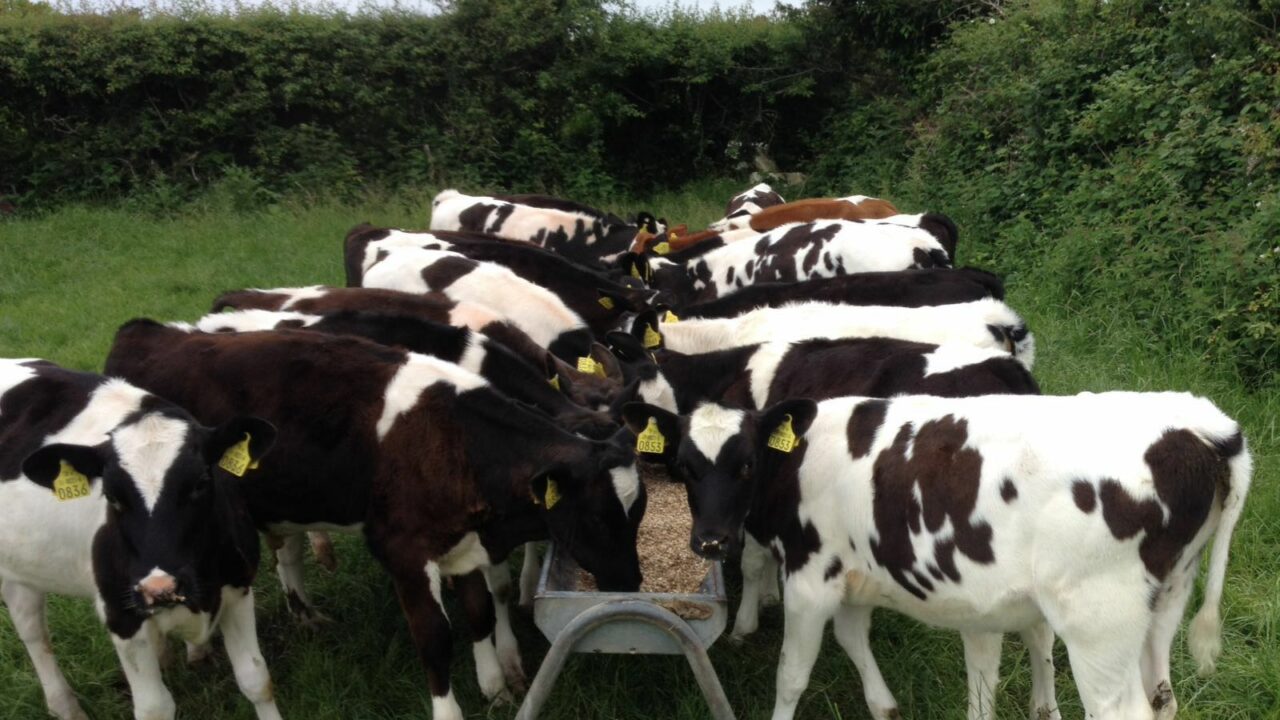The recent improvement in weather has meant that anyone that didn’t have calves out has since put them out in recent days/weeks.
Although most of the heavy work with the calves is over, post-weaning from milk, it is important to continue to monitor their growth performance.
Late-January and early February calves should now be off milk and on a diet that consists of grass and concentrates.
Calves
Now that calves are at grass it is important to continue to monitor their growth performance. They should be weighed on a regular basis, to ensure that growth targets are being achieved.
It is important to have weights for each calf and avoid focusing on the average weight of the group or just picking some calves to weigh. An overall average may hide a number of animals that have fallen behind and require some extra attention.
Some of the targets are:
- 30% of their adult body weight by six-months-of-age;
- 60% of their adult body weight at bulling (15 months);
- 90% of adult body weight when they first calve at 24 months.
The mature weight of a calf can be determine by its maintenance figure within the economic breeding index (EBI).
Some herds will have calves with Jersey genetics and Holstein genetics, making the mature weight considerably different.
Health
Closely monitoring the weight gain performance of your calves will also have an added benefit of being able to spot a calf that is behind or that is sick.
A calf that is behind can be given more preferential treatment to allow them to get back on track and not be behind target entering the shed or at breeding.
By keeping such a close eye on the group you will also be able to monitor them better for health issue and detect cases of summer scour or coccidiosis before they cause major issues.
